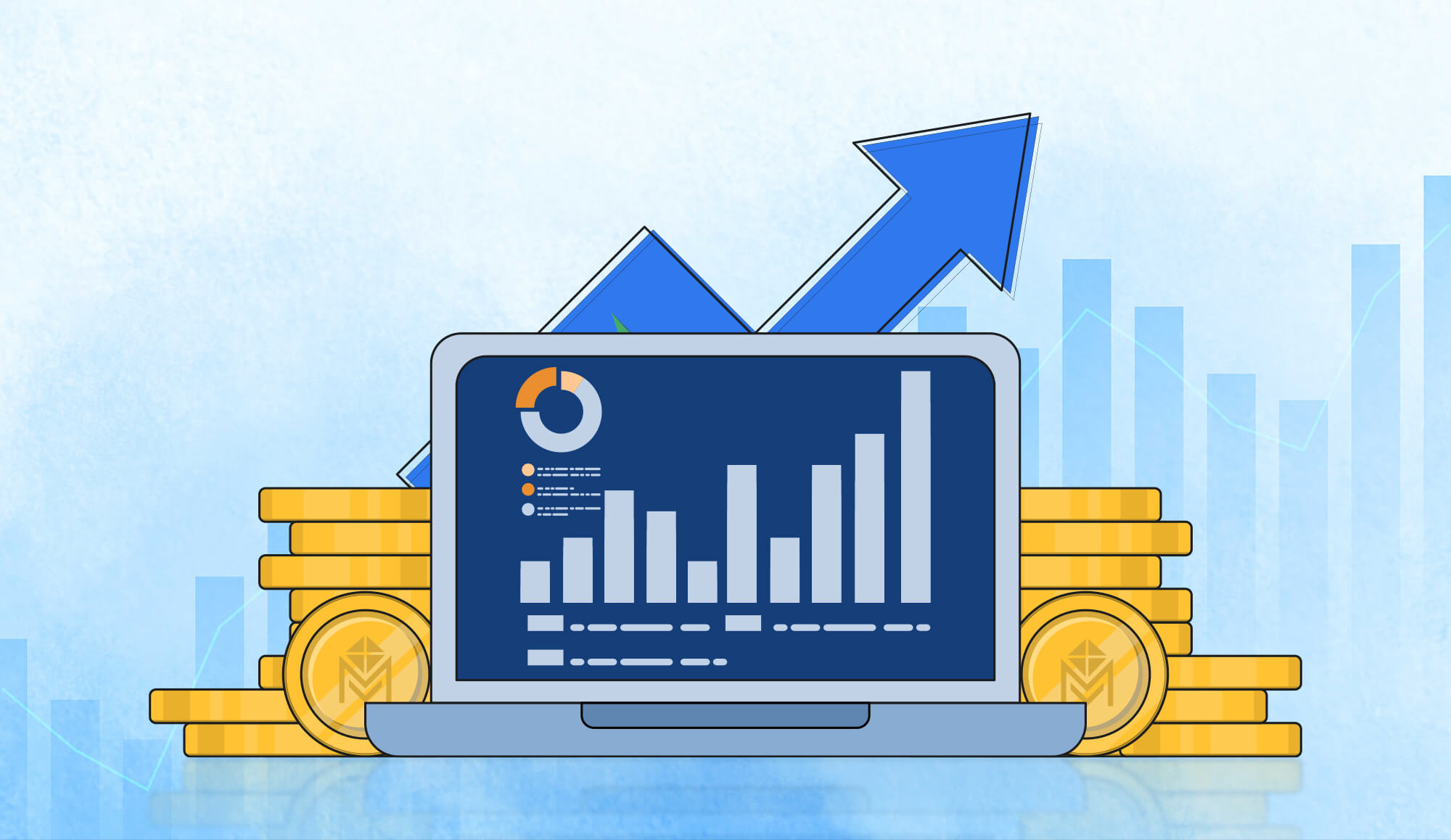In addition to opening the lucrative mineral interest asset class to a global investor base, Mineral Vault’s vision to tokenize mineral interests also resolves numerous issues plaguing mineral interest ownership & transfer in the United States presently. Let’s take a closer look:
Mineral Ownership Challenges Resolved By Tokenization
As of 2024, the process of ownership transfer in the mineral and royalty interest sector is extremely inefficient for several reasons, all of which are resolved by tokenization. The major inefficiencies in the process are related to title verification and transfer administration.
Title Verification Challenges
When acquiring interests in mineral properties directly, prospective buyers face tremendous title verification challenges that prevent most non-professional buyers from participating in the marketplace. These challenges include:
- No title insurance product. The complete lack of a title insurance product for mineral & royalty interests means that title must be independently verified by the purchaser to their satisfaction. In layman’s terms, the buyer of a mineral property is likely to lose most or all of their money if the person they are paying to purchase the property later turns out to have not been the rightful owner of the property in the first place! To resolve this problem, generally “landmen” are hired to review courthouse records to create a chain of title, gather the related documents from the courthouse, and provide a summary “mineral ownership report”. These can optionally be given to a title attorney who will review them in-depth and create a “title opinion” which is a more detailed report listing title inadequacies and any issues which should be addressed before closing. Neither of these vendors provide any title guarantee or insurance and all title risk is borne by the purchaser of the mineral property.
- Extreme title complexity. The complexity of the title review process is increasing exponentially as time passes and ownership chains become longer and longer, with an exponentially increasing ownership base, caused by the fact that deceased owners often leave their interests to multiple children or grandchildren, simply subdividing the ownership interest between them. This phenomena doesn’t typically happen with surface interests, since it is difficult for more than one person to “use” or benefit from the surface interests — mineral interests, however, don’t have any utility other than the investment-like income they can provide from production. As a result of the fact that mineral interests are often subdivided from estates (and therefore handled more like shares of stock than traditional surface real estate), most property parcels in high-production areas of the U.S. have between 20-50 distinct owners, each with a different percentage ownership in the property parcel.
THE TOKENIZATION SOLUTION: Title Verification Challenges
From the moment that mineral interests are placed on the blockchain and traded as tokens (whether individually or in aggregate, as in the initial Mineral Vault offerings), the blockchain resolves issues of provenance completely. The blockchain is a verifiable, public ledger of ownership, meaning new owners can be 100% sure that the seller of the tokenized interest they are purchasing is in fact the rightful owner.
But what about title defects which arise from before the time the particular mineral interest was tokenized, debasing the token’s representative ownership in property from the very beginning?
At Mineral Vault, our thesis is that the party which tokenizes mineral interests in the first place should bear the risk of any title failures which predate the tokenization. Thus, for title failures occurring prior to tokenization of the assets, Mineral Vault has provided a title guarantee, ensuring investors are “made whole” relative to their original investment in the property if title failure happens*.
The result of the blockchain solution is that the title verification aspects of the ownership transfer process are completely seamless and void of the need for expensive landmen and title attorneys.
Transfer Administration Challenges
In addition to the title challenges associated with direct mineral interest investment, there are numerous administrative hurdles encountered by would-be owners:
- Deed Drafting & Filing. Similar to the process for acquiring a surface interest, to purchase a mineral or royalty interest, at least one Mineral Deed, Mineral & Royalty Conveyance, Assignment, or similar document must be created by an attorney or other professional, then executed and notarized. It must then be filed at the county courthouse wherein the property resides, a process which can take up to 2 weeks or more if the recordings must be mailed in.
- Purchaser Notification & Pay Status Update. Upon successful filing of the deed/conveyance, a copy of the recorded document must then be provided to the purchaser(s) of the oil, gas, or other hydrocarbons actively being produced by the wells on the acreage acquired. This document evidences the transfer and allows the purchaser to place the new owner “in pay” on the wells, meaning that the new owner begins to receive the royalty checks for revenue. In practice, this process can take 3-6 months or more with many purchasers whose transfer departments are understaffed, overworked, and severely backlogged due to the increasing number of transfers happening each year.
- The “purchaser” is often the operator of the well(s) in question but does not have to be, as some small operators do not purchase the hydrocarbons produced by the wells they drill themselves, but rather sign a purchase agreement with a separate vendor who handles the hydrocarbon pick-up/transportation from the wellhead and royalty payments to all mineral owners in accordance with the amounts picked up. Note also that, if a well produces both oil and natural gas, for instance, there could be a different purchaser for each of the commodity types, meaning one for oil and one for natural gas. In this scenario, both purchasers must be notified separately.
- Tax Authority Notification & Tax Record Update. Also upon successful filing of the deed/conveyance, a copy of the recorded document must also be sent to the tax authority responsible for the property in question — for example, the Midland County Central Appraisal District (“Midland CAD”) for a property located in Midland County, Texas. The tax authority will review the document and place the new owner “in-tax” on the property in question, ensuring that the new owner receives the property tax bills rather than the previous owner. This is necessary to ensure that property taxes are paid (whereas they might not be if the bills continue to be mailed to the previous owner, who knows they sold the property) because if the taxes go unpaid for a long enough period, the properties can ultimately be sold out from under the new owner at the courthouse steps in a Tax Sale. Therefore, ensuring that the tax records show the new owner as the record owner for tax purposes is a critically important step in the transfer process. In practice, the governmental tax authorities often use vendors to manage and update their tax records, many of whom are understaffed and unresponsive to update requests, meaning many tax record updates can take 3-6 months or more, similar to pay status updates.
THE TOKENIZATION SOLUTION: Transfer Administration Challenges
All of the administrative challenges described above are rendered totally unnecessary & void by tokenization. From the perspective of all of the entities above (the county courthouse, the purchasers, and the tax authorities), the property is still owned by the same party, which is the tokenized entity (also referred to as the “Special Purpose Vehicle” or “SPV”), and only ownership interest in the SPV is actually being exchanged. This in effect transfers ownership interest in the mineral property, but does so in a way which totally circumvents the need for the administrative steps traditionally required and thereby greatly improves property liquidity.
Conclusion
The application of blockchain technology to the mineral interest ownership tracking & transfer process will introduce many desperately-needed efficiencies to an industry that is rapidly increasing in both scale and complexity.
In the future, after many Mineral Vault offerings and the resulting tokenization of a tremendous quantity of mineral & royalty interests, we believe tokenization can be the “grand / ultimate” solution to the crisis of mineral interest title & transfer in the United States. In the process, we will not only resolve the title and administrative challenges described in this article, but we will also open investment in these assets to millions of new investors globally, further improving their liquidity.
*The “make whole” amount is an amount, in USD, determined by portfolio manager Mineral Vault LLC. The calculation shall be an amount of value attributed to the property at time of token issuance less any payments received on the property by token holders since that time. See also the “Disclaimers” section of the website at mineralvault.io.
 Behind the Scenes: How Mineral Vault Sources and Evaluates Oil & Gas Properties
Behind the Scenes: How Mineral Vault Sources and Evaluates Oil & Gas Properties  Inside Mineral Vault I: What Our First Dividend Reports Tell Us
Inside Mineral Vault I: What Our First Dividend Reports Tell Us  Mineral Interests: An Overview
Mineral Interests: An Overview 






